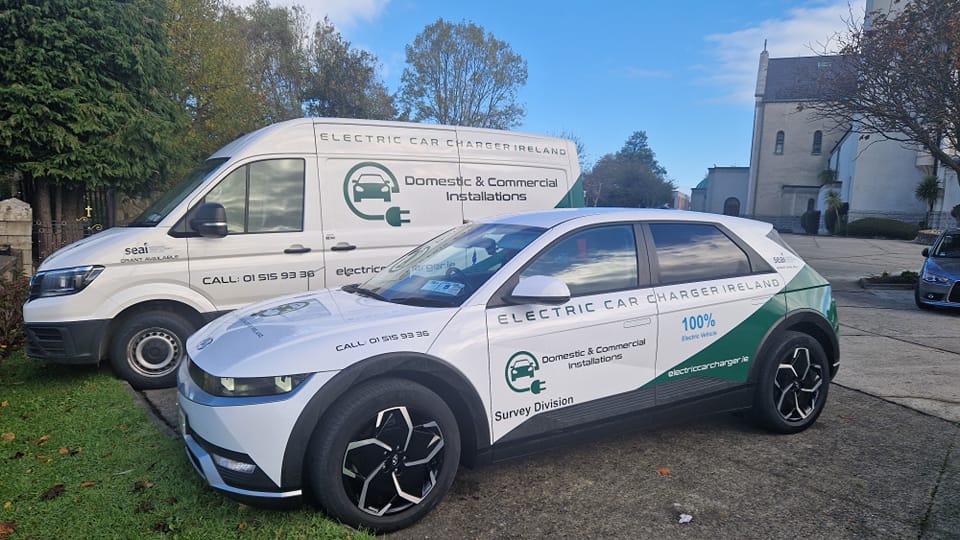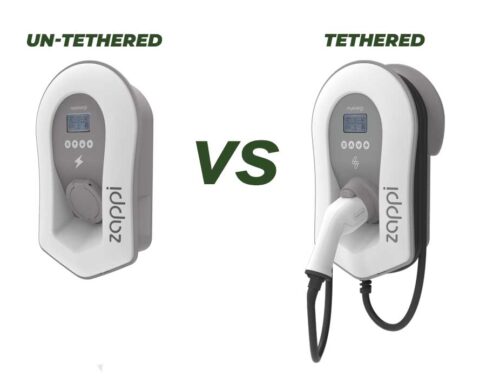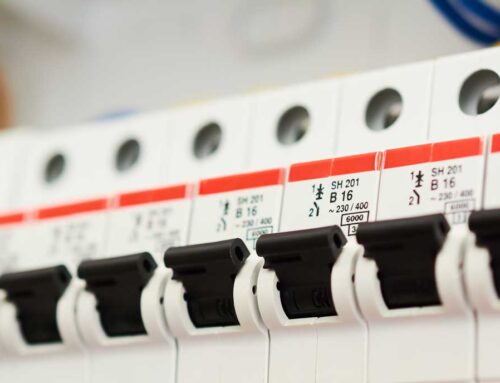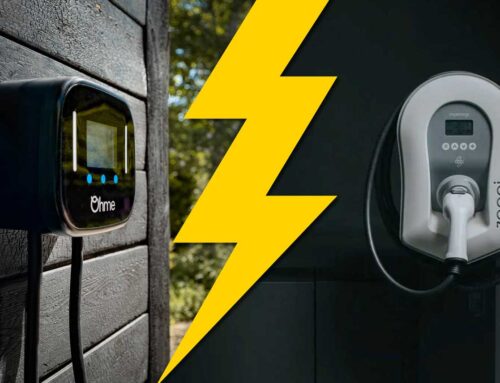EV charger maintenance Dublin – Reliability maintenance of EV chargers serves safety needs and regulatory compliance and defends electric vehicle investments throughout Dublin and surrounding districts. The SEAI documentation together with Ireland’s wiring rules establish professional installation and ongoing maintenance standards which guarantee peak performance along with valid insurance and grant eligibility. This practical guide specifically focuses on Dublin by presenting step-by-step maintenance procedures for EV charge point ownership and operation along with professional service needs and regulatory requirements and recommended installation and maintenance services.
Why EV Charger Maintenance Matters in Dublin
The maintenance work lowers overheating risks while preventing electrical shocks and prolongs component life which supports reliable efficient charging operations in Dublin residential and commercial areas including vulnerable coastal zones that need special attention to seals and fixings. SEAI grant requirements become supported through proper maintenance alongside documentation because it allows the production of Cert 3 along with test records and photo documentation within the six-month timeframe. The maintenance work supports insurance readiness because it demonstrates professional compliance through proper documentation. The safe operation of I.S.10101 relies on Part 722 requirements for electric vehicle charging to ensure correct protection devices and isolation and routine verification by qualified electrical contractors.
EV Charger Types, Features, and Use Cases
The market offers different EV charger models that include distinctive features along with various usage applications.
Home chargers: The majority of Dublin residential electric car charging installations use wall-mounted AC chargers, which may be tethered or untethere,d while offering smart scheduling features and load management capabilities with Zappi chargers integrating solar power capabilities for future-ready installations.
Workplaces and apartments: The charging system at residential and commercial premises needs planned maintenance service with fast response times and uptime targets to protect the overall charging network because of its high duty cycles.
Fleet operators benefit from preventive maintenance programs and turnkey EV charge point installation and maintenance services for their charging infrastructure spread across Dublin and surrounding regions.
A professional EV charger selection based on specific needs and charge time requirements, alongside site condition plannin,g results in higher reliability and lower lifetime costs.
EV charger maintenance Dublin – Safety, Compliance, and SEAI Essentials
The wiring rules of Ireland’s I.S.10101 Part 722 (Supplies for electric vehicles) specify protection devices and verification and isolation requirements for EV charge points which can only be performed by Registered Electrical Contractors (RECs) under Safe Electric. According to Safe Electric guidelines, EV chargers need an isolator installed within two meters of the appliance while non-compliant units will receive inspection warnings when missing components; specific existing installation scenarios with warning notices allow meter cabinet connections but the main internal distribution board remains the preferred method. SEAI requires grant claimants to submit a Safe Electric completion certificate (Cert 3) together with test records and installation photos and completed payment requests during the six months following the Letter of Offer start date. The installation works cannot start prior to the offer date because SEAI retains the right to inspect installations both before and after payment.
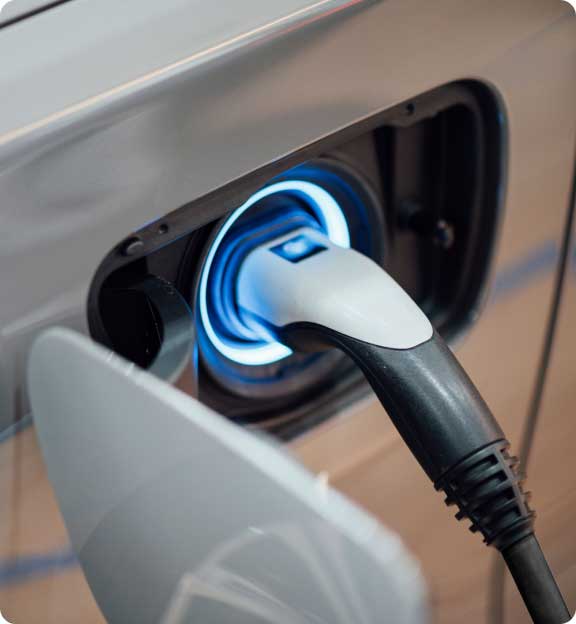
Image credits – https://ohme-ev.com/ie/
Routine Owner Upkeep: Quick, Safe Checks
Regular checks performed by owners serve to enhance system reliability and decrease service calls.
Owners should perform basic checks to protect their investment from electrical damage even though all electrical work should be performed by professionals.
Regular inspections should verify that cables and connectors show no signs of damage and inspect wall-mounted housing for cracks while confirming weather-tight seals and normal status light operation.
The connector needs regular cleaning and drying, while the cable should be properly coiled and hung to avoid damage from wind or coastal weather conditions in Dublin and Meath.
Monitor your charging sessions through the app while checking error notifications and smart schedules to verify off-peak settings and charging current for heat management and fuel cost optimisation during full charges.
After storms or impacts, check the charger for water ingress signs and heat and odours and immediately stop using the charger if you notice any safety concerns and contact a professional right away.
The basic procedure for dependable EV charging systems covers residential areas as well as commercial buildings and offers essential details regarding EV performance to service providers when consulting with them.
Professional Maintenance Service: What Experts Should Do
A Safe Electric–registered installer offers complete EV maintenance and inspection services that guarantee both safety and operational readiness:
The inspection process includes electrical safety tests to verify earthing/bonding systems as well as RCD type and operation for both 6mA DC requirements where applicable and protective device coordination and terminal torque and thermal hotspot verification.
The inspection of enclosures and environmental conditions includes checks for IP seals and glands as well as cable entries and fixings while evaluating UV exposure and corrosion which affects all locations throughout Dublin and its surrounding regions where moisture and salt air exists.
The performance and firmware should be checked for stable charge rates and load management and integration functions (e.g., Zappi PV modes) and firmware updates that enhance safety features and scheduling capabilities.
The documentation system stores test results together with photos and service logs which fulfill insurance and SEAI requirements and establishes necessary remedial work procedures when needed.
Fleet operators and commercial facilities can reduce their charging infrastructure downtime through planned preventive maintenance programs which establish specific response times and spare parts planning systems.
Dublin-Specific Risks and How to Mitigate Them
The installation of hardware with appropriate IP ratings together with regular seal maintenance and gland inspections protects equipment from coastal district and exposed site corrosion and water damage.
Users must regularly clean the connectors and vents because dust and urban pollutants create heat traps that damage electrical connections when they accumulate near high-traffic roads.
Older electrical supplies: Watch for voltage drop or nuisance tripping as signs of undersized conductors or overloaded boards; engage a professional to assess upgrades or load management solutions.
The charging network remains protected through a combination of robust cable management systems and tamper-resistant fixings and user education and visible signage.
Proactive management of these factors results in reliable operation in Dublin along with charger longevity and regulatory compliance.
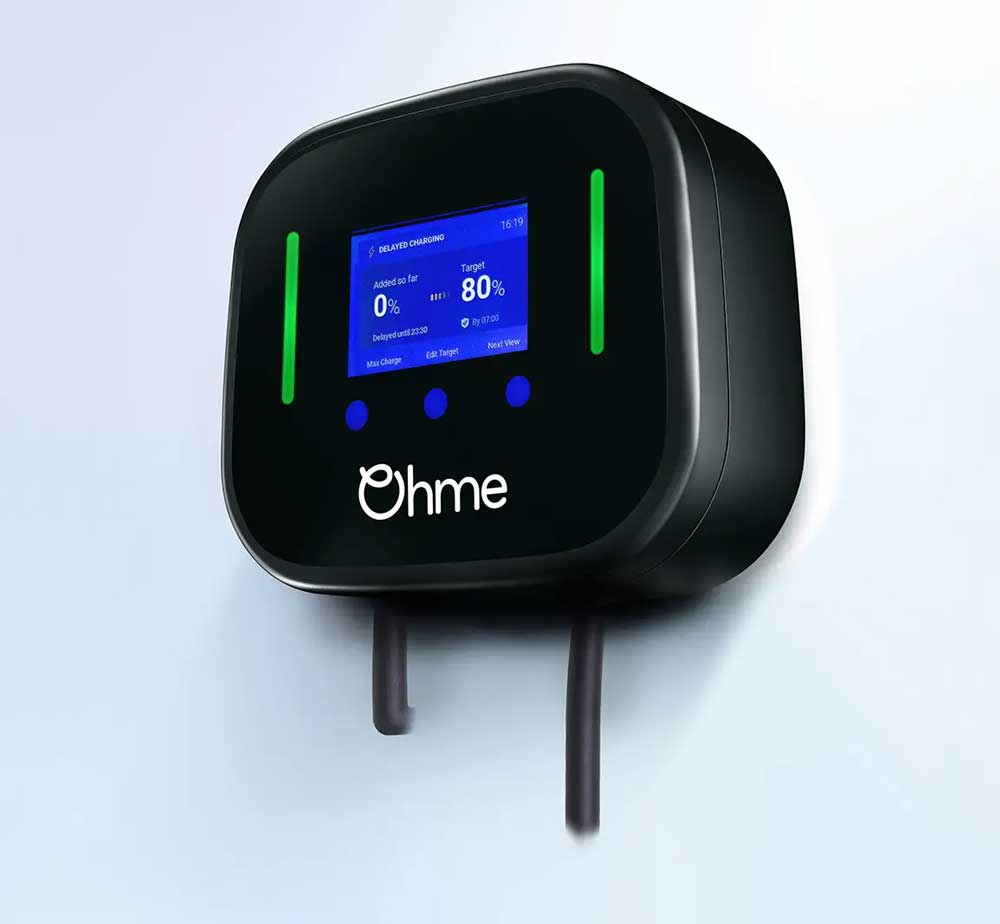
Image credits – https://ohme-ev.com/ie/
EV charger maintenance Dublin – Smart Chargers, Software, and Data
Smart chargers from today enable better maintenance practices and cost management through their features.
The regular update process provides safety enhancements and performance improvements for solar/PV modes and tariff scheduling and diagnostic capabilities to ensure reliable future EV charging operations.
The placement of routers together with their signal strength determines Wi-Fi and Ethernet connectivity, which affects scheduling and load management and remote diagnostic functions.
The examination of session data and error codes, together with charge time trend,s helps identify operational inefficiencies at an early stage to determine proper preventive maintenance periods for residential and business applications.
The maintenance of software systems maintains the same level of importance as hardware inspections to provide continuous charging functionality, particularly when load management and PV integration systems are in operation.
Troubleshooting and Repairs: A Safe, Structured Approach
A safety-first approach should be followed when problems occur. Multiple signs of charger malfunction include power failure and slow charging and plug overheating and regular RCD trips and connector lock errors, and app connection failures require both systematic assessment and expert assistance.
The owner should first attempt to restart the charger through the app if available before checking schedules and limits and performing a physical inspection for signs of damage while recording error messages and timestamps.
The electrical system requires immediate Safe Electric–registered EV charging experts’ evaluation when owners detect heat or smell or water infiltration or insulation damage or repeated tripping, or unclear fault codes.
The documentation system should include photos and error logs, and service reports because these records help with warranty and SEAI requirements when replacing parts or updating settings. All electrical maintenance should be performed by professionals because it ensures safety while maintaining warranty validity and insurance coverage under Ireland’s regulatory system.
Maintenance at Scale: Apartments, Workplaces, and Fleets
High-utilisation sites benefit from structured programmes: Planned schedules: The inspection frequency should be quarterly or semi-annual but visual checks need to occur more often at busy hubs, and spare parts should be kept on hand to minimise repair delays. Usage management: Site managers should receive training about fault reporting and emergency isolation basic,s while the installation of bay markings and signage and proper cable stowage reduces both wear and trip hazards.
One partner offers complete support by designing and installing EV charge points and then commissioning and maintaining them throughout Dublin and nearby areas for straightforward responsibility and top-quality service consistency.
The method enhances operational reliability and user contentment throughout residential and commercial areas while enabling growth without compromising service quality.
Costs, SEAI Grant, and Documentation
Regular maintenance before breakdowns occur reduces total lifetime costs and improves the operational life expectancy of professional EV charger systems.
The EV Home Charger grant provides up to €300 for buying and installing a home charger ,while the installation period spans six months, but you must submit a payment request with Cert 3 and test record and installation photos after getting the Letter of Offer.
Safe Electric conducts RECs and controlled works inspections through audits so compliant installation work ensures that proper certificates and test records will exist for review purposes.
The protection of grant eligibility and insurance interactions becomes easier when records include installation invoices and Safe Electric certificates and test results and service logs.
Selecting EV Charger Installers and Maintenance Partners for Dublin Operation
Choosing EV Charger Installers and Maintenance Partners in Dublin
Select providers who demonstrate:
Safe Electric–registered electricians who have experience with I.S.10101 Part 722, along with RCD/DC protection and isolation and ESB Networks interface requirements show registration and competence.
The provider offers complete services, which include design and installation and preventive maintenance services together with diagnostic and repair solutions for residential and commercial customers in Dublin and its surrounding areas.
The documentation includes thorough commissioning reports together with photographs and ongoing maintenance records, which meet the strict requirements of SEAI and insurance purposes.
Software support: The ability to handle firmware management alongside load control functions and smart scheduling features, including Zappi solar integration solutions for creating a future-ready charging experience.
Through their expertise, a skilled partner enables you to achieve the most suitable long-term solution,n which decreases downtime while maintaining safe and efficient operation of installed charging points in homes and businesses.
Pro Tips to Extend Lifespan and Improve Performance
Protect the cable: Store the lead properly to prevent damage from strain and kinks, and water accumulation at the connector and perform immediate replacement of broken cables.
Regular wiping of the housing and connector together with gasket and gland inspections is crucial, especially for locations that face exposure in Dublin and the surrounding areas.
Smart scheduling enables peak-time charging, which cuts down both heat emissions and expenses and you should verify that the site capacity matches its current limits for operational cost-effectiveness.
Before installing a second EV or PV/battery or higher power charger, consult a professional for load assessment and necessary upgrades, which will deliver optimal results and prevent nuisance trips.
The simple maintenance practices increase both efficiency and reliability and keep Ireland’s standards in check for homeowners and businesses.
Frequently Asked Questions
- How often should a home charger have professional service visits?
- The annual inspection by a Safe Electric–registered electrician serves as a minimum standard. However, sites with heavy usage require different maintenance intervals.
- What does a preventive maintenance visit include?
- A typical visit includes RCD verification, earthing/bonding checks, terminal torque assessment, enclosure/IP integrity inspection, thermal checks, firmware status evaluation, and documentation updates.
- Can I clean my EV charger connector pins myself?
- Owners should avoid inserting objects or liquids into the connector pins. External cleaning works well, but inserting anything into the connectors may damage pins or cause safety hazards. Always seek professional assistance for internal cleaning or repairs.
- What SEAI paperwork should be kept?
- The documentation required for SEAI claims includes Cert 3, test records, installation photos, invoices, and all maintenance and repair documentation. These must be submitted within six months of the Letter of Offer date .
- What criteria should I use to find an installer who also provides maintenance and repair services?
- Look for Safe Electric registration, verifiable experience with I.S.10101 Part 722, strong references, a full range of EV charging solutions, rapid response capabilities, and software support.
Electric Car Charger Ireland offers a comprehensive range of EV charging solutions—design, professional EV charger installation services, preventive maintenance, diagnostics, and repairs—for homeowners and businesses across Dublin and surrounding areas, including Meath. Our Safe Electric–registered electrical contractors install and maintain EV charge points to Ireland’s highest standards, support SEAI documentation, and keep chargers reliable and efficient with tailored programmes for specific needs.
Contact our team today to book an annual maintenance check, discuss upgrades such as Zappi solar integration, or to get SEAI guidance and a turnkey plan that keeps charging infrastructure future-proof and operating at its best.
Ever wondered about tax incentives for EV chargers Ireland?….. Check out our latest blog post for details.

